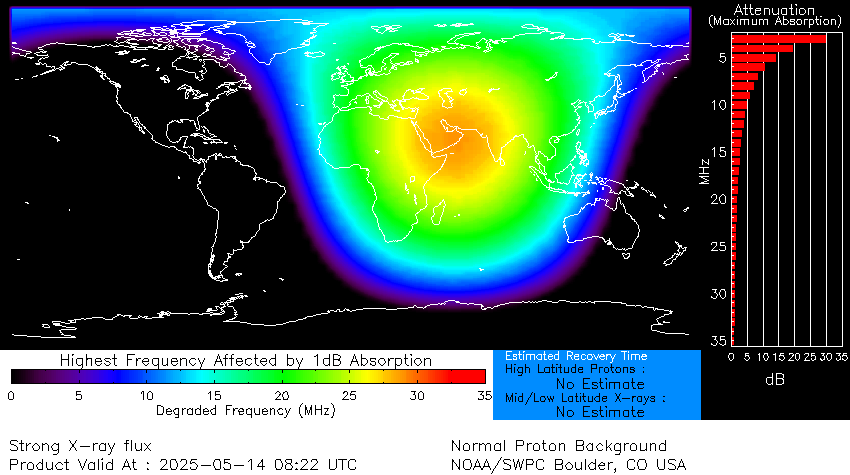In about 5 billion years, our Sun will run out of fuel and expand, possibly engulfing Earth. These end stages of a star’s life can be utterly beautiful – as is the case with this planetary nebula called the Helix Nebula. Astronomers study these objects by looking at all kinds of light. This images show X-rays from NASA’s Chandra X-ray Observatory (magenta), optical light data from NASA’s Hubble Space Telescope (orange, light blue), infrared data from the European Southern Observatory VISTA telescope (gold, dark blue), and ultraviolet data from GALEX (purple) of the Helix Nebula.
Related posts
-

Strongest solar flare of 2025 erupts from sun, sparking radio blackouts across Europe, Asia and the Middle East
The sun roared to life early Tuesday (May 14), unleashing a powerful X-class solar flare from... -

Canon EOS R6 Mark II review
Key specs Type: Mirrorless Sensor: 24.2MP full-frame CMOS sensor Lens mount: RF/RF-S ISO range: 100-102,400 Viewfinder... -

Sols 4539-4540: Back After a Productive Weekend Plan
Curiosity Navigation Curiosity Home Mission Overview Where is Curiosity? Mission Updates Science Overview Instruments Highlights Exploration...